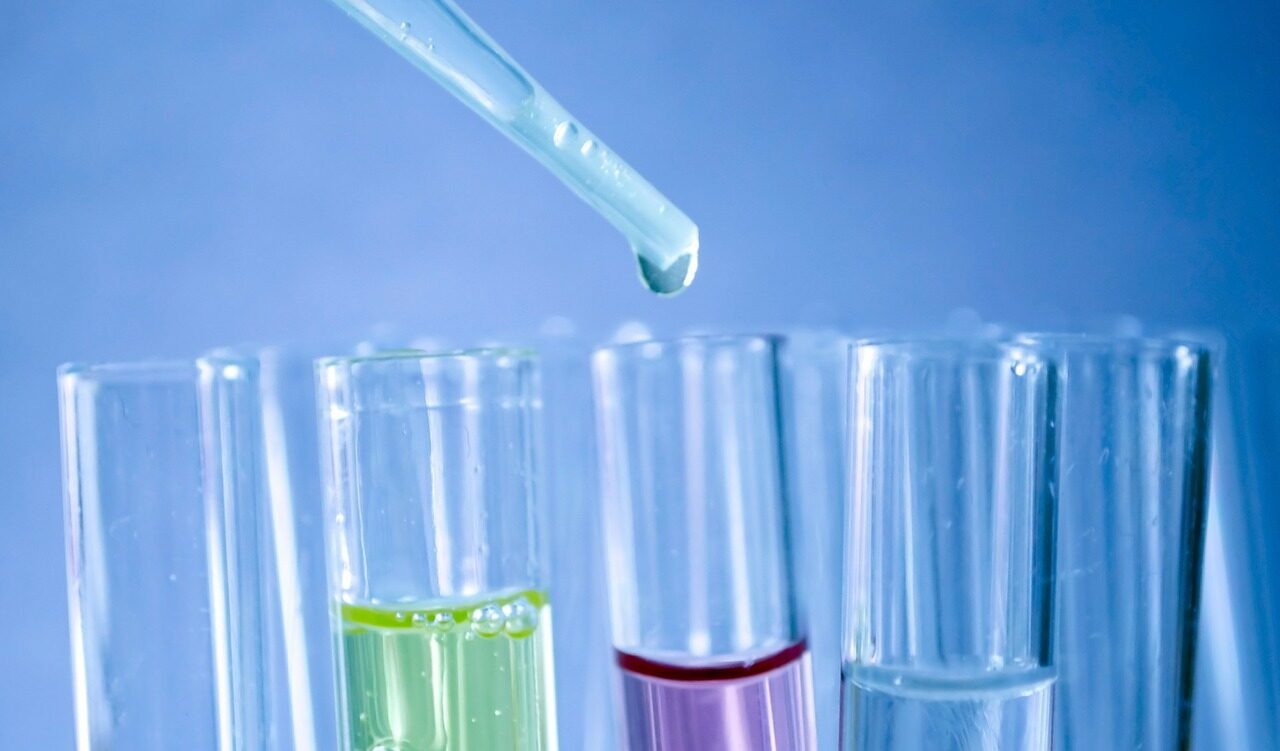AMH testing helps us predict how a woman will respond during an IVF cycle.
Patients who are deferring their childbearing now have the AMH test to assess their ovarian reserve. IVF success declines with chronological age, a fact which is well known. Women who have low response also have low outcomes, despite their chronological age. Age and low ovarian reserve become adverse factors in the results of any infertility treatment. However, this can be most easily observed in IVF because the results are so well documented.
In ovarian stimulation for IUI or standard IVF, high doses of drug are often used in an attempt to compensate for predicted low response. Often this approach fails to improve the results because the innate number of follicles available in any one month is fixed and cannot be altered by drug dose.
AMH has turned out to be an excellent predictor of ovarian reserve.
Inhibin B is an assay of a hormone arising from ovarian follicles. Once promising, this test has fallen by the wayside in favor of the AMH assay.
Anti-mullerian hormone, or AMH, is another hormone secreted by the group of small growing follicles. Since the early 2000’s it has emerged as a reliable index of ovarian reserve. It is more reliable than the FSH and as good as the more difficult to measure pool of antral follicles on ultrasound. While all of these measures can be used, AMH can be tested at any time in the cycle and does not vary much from month to month.
What is a Good AMH Level?
The relatively new AMH blood test has a narrow range of results and there is no generally agreed upon cut off for normal reserve. Normal levels can range from 1-7 iu/ml, and most women have results in the range of 1-3 IUs. However, less than 10 percent of women over 32 years of age have levels over 3. Low results mean the ovarian reserve can be predicted to be lower.
DB Seifer and colleagues looked at 17,000 AMH samples in fertility clinics. Certainly there was the expected correlation between the AMH and age. However, there was a large variation in AMH values observed within each year of age. This continues to support the concept that AMH values reflect follicular supply relatively independent of age. This means that there are “young” 40-year-old ovaries and there are “old” 30-year-old ovaries. No matter the chronological age, those below 0.6 are predictive of very low follicle supply. That’s why this test is proving to be so helpful.
What causes low ovarian reserve?
The definition of low ovarian response varies among clinicians. An example of a way to identify a low responder is the patient who goes through an IVF cycle and has only 3 eggs or less. The pregnancy rate among these women, no matter their age, is 5%. Women with low ovarian reserve suffer miscarriages at higher rates due to increased abnormal chromosomes in the eggs. This adds to the frustration, and may affect 50% or more of pregnancies.
Genetics are a component of ovarian aging. This is easily illustrated by the common parallels between the age of menopause of a woman and her daughter. However, this relationship does not always follow.
A rare and recently identified association has linked carriers of the fragile X gene to premature ovarian failure (POF), the most extreme type of premature aging. It is reasonable to expect that research will identify other genetic deletions or mutations which are causes of POF or milder forms of early loss of fertility.
Another factor which we cannot measure or treat, unfortunately, is the low energy reserve of the eggs of older women. The number of energy generating mitochondria, has been noted to be lower than in younger women’s eggs.
Among possible environmental causes of premature ovarian aging, cigarette smoking is the only clearly established one.
Certain drugs, mostly prominently those used in chemotherapy for malignancies, can be quite toxic to eggs.
Additionally, even moderate endometriosis may impair egg development in some cases. Endometriosis often deeply penetrates into the ovary and removal can be difficult. Thus surgery can cause loss of ovarian tissue in those women who have had a “chocolate” cyst removed. This procedure is known for causing damage to the surrounding tissue.
Stimulation with Gonadotropins
The tests that are used are predictors, and not always reliable. Patients’ attention is ideally focused on the response to stimulation in ovulation induction treatment. Clomiphene response can be a clue, but the response of follicles in terms of numbers after stimulation with the gonadotropins is the true test of the ovaries.
The experience gained by observation of response of the patients’ ovaries to stimulation is by all means the most effective measure. There is cycle to cycle variation, but a low response in one cycle most often is followed by a similar pattern in a subsequent cycle.
If you would like to learn about your ovarian reserve, we recommend starting by getting an AMH test done. You can ask your Ob/Gyn to order it, or make an appointment with us to run the test as part of evaluating your overall fertility outlook.
Natural IVF & Minimal Stimulation IVF
One of the reasons we offer Natural IVF and Mini Stim IVF is because women with low ovarian reserve, as mentioned earlier, do not necessarily respond well to high doses of gonatropins. These more gentle approaches depend on retrieving fewer, but higher quality eggs. If you would like to get more information about these options, you may contact us here.






